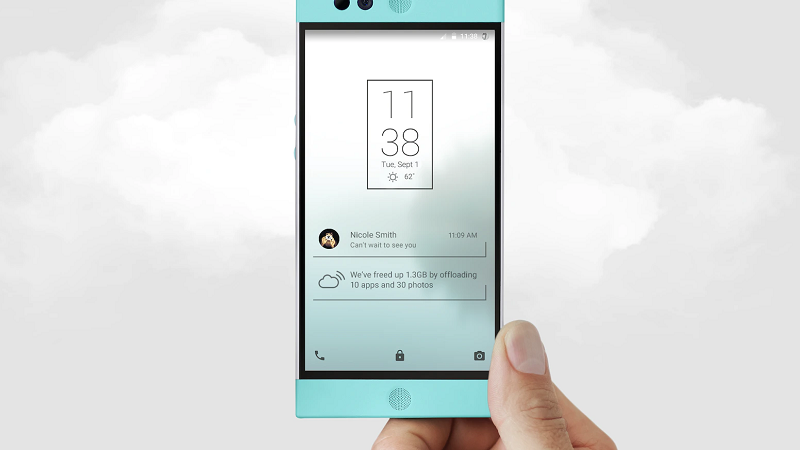One thing I picked up from the launch of the Google Pixel 7 and iPhone 14 series is that major year-on-year innovations or rather huge upgrades have slowed down in recent times.
Gone are the days when new phones would debut huge year-on-year upgrades and instead, OEMs are focusing more on refinements with a couple or so minor tweaks or improvements and software stability.
For instance, it’s not easy to tell the iPhone 13 Pro and iPhone 14 Pro apart if not for the Dynamic Island. The story is pretty much the same with the Google Pixel 6 and Pixel 7, Samsung Galaxy S21 and S22, and so on.
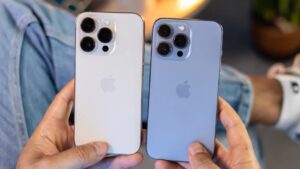
There’re hardly any noticeable physical upgrades between them, which is testament to how far the smartphone industry has come. But does it mean stop there? How far can the industry go?
Some may argue that we are at a point where yearly upgrades have little to add to the overall smartphone experience. But I think it’s just the beginning of a new era.
In fact, this should explain the emergence of foldable phones, but perhaps the market has more to offer. We recently saw Carl Pei’s Nothing Phone successfully attempt to change the “boring” narrative, and I expect more.
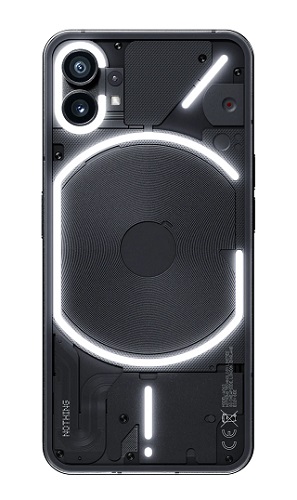
And while there aren’t so many hardware changes that OEMs can implement to cool down the “boring” narrative, software has always presented numerous opportunities to stand out from the rest.
Whether it’s through offering prolonged software support like Apple, NVIDIA, and Samsung already do; or equipping devices with exclusive features like Google does with Pixel phones; opportunities are aplenty.
I’ve also encountered a tweet by former Twitter boss, Jack Dorsey, advocating for a Web-only mobile operating system to take on the duopoly of Android and iOS.
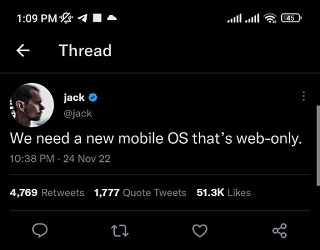
While this might sound misplaced, we’ve already come close to achieving this goal. Released back in 2015, the Nextbit Robin was meant to be this phone that spearheads the smartphone industry into the cloud-first era.
Sure, the Nextbit Robin was nowhere near the idea of a full-fledged web-only mobile OS as suggested by Jack, but it’s the closest the idea has come to fruition.
Instead of having web-only apps, it offered an extra 100GB of cloud-based storage to complement the 32GB of onboard storage. Using Nextbit’s cloud storage, the phone had a clever way of ensuring you never run out of space.
While Google Drive and even iCloud already do a pretty decent job backing up data on your phone, the cloud-first approach by Nextbit Robin was something different.
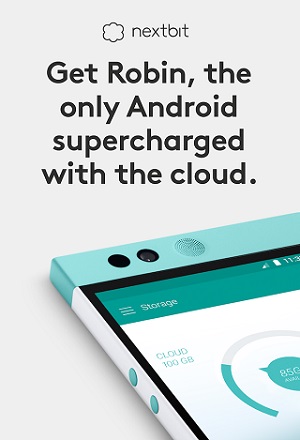
Unlike on a regular phone where you often have to manually backup or offload files you don’t need to free up space to install a huge game or save another huge file, the process was quite smooth on the Robin.
For instance, apps got ranked according to how you use them. Whenever your phone was running out of the 32GB storage and you needed room, the least used app would automatically be moved to the cloud to free up space.
When moved to the cloud, the app icons on the screen turned gray. But a simple tap was enough to wake it up from the dead whenever you felt like using it.
The same was also true for photos you haven’t accessed or used in a while. Small versions remained on the phone, but the actual photos were backed up in the cloud. Like apps, tapping on a photo was enough to retrieve it.
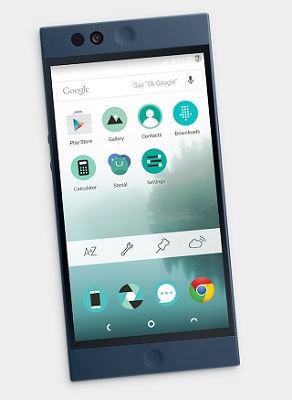
But since retrieving apps, photos and other files from the cloud was — and still is — heavily reliant on internet, it was a bit of a cumbersome process owing to the slow internet speeds back then.
Things could get frustrating really fast during the download process, especially when many photos or files are involved, be it on mobile data or even Wi-Fi.
Sure, back in 2015 when the phone arrived, cloud storage wasn’t as advanced as it is today. Since cloud storage relies on internet, the slow speeds back in the day didn’t help either.
Today, though, there’s much faster 5G and LTE speeds just about everywhere. The pricing of cloud storage also keeps going down, which makes the proposition of having a Nextbit Robin-like phone quite interesting.
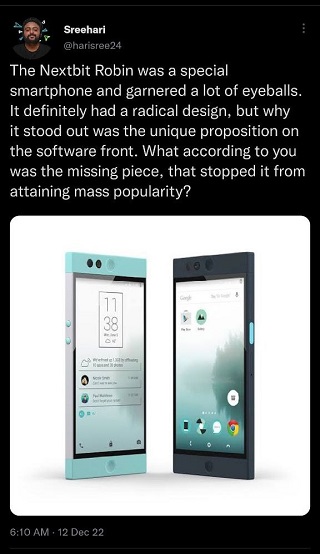
But would it be a success or just another failure? That’s quite debatable, especially given the cheaper and much reliable microSD still lives on, albeit in midrange and low-end phones.
Besides expandable storage, smartphone manufacturers have also stepped up their game with internal storage. 32GB is what you find on some of the cheapest phones, with 64GB or 128GB easily the sweet spot for most vendors.
The Robin’s cloud storage was also limited to Nextbit’s offering. But with several reliable cloud storage options available, limiting the backup function to one provider would severely dent any prospects of the phone succeeding.
There’s also the growing concern of security breaches like the recent case with LastPass, something that should definitely be an issue when it comes to a cloud-first smartphone that is also home to lots of personal info.
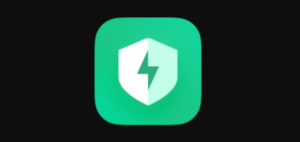
Interestingly, most recent high-end phones have lost support for expandable storage as OEMs push for cloud-based storage, which is what Nextbit aimed to offer with the Robin. Indeed, the phone was ahead of its time.
But does it mean the same — or better — idea would prosper in today’s high-speed internet and superior cloud storage era? Let us know in your comments below.
Featured image: Kickstarter
PiunikaWeb started as purely an investigative tech journalism website with main focus on ‘breaking’ or ‘exclusive’ news. In no time, our stories got picked up by the likes of Forbes, Foxnews, Gizmodo, TechCrunch, Engadget, The Verge, Macrumors, and many others. Want to know more about us? Head here.

